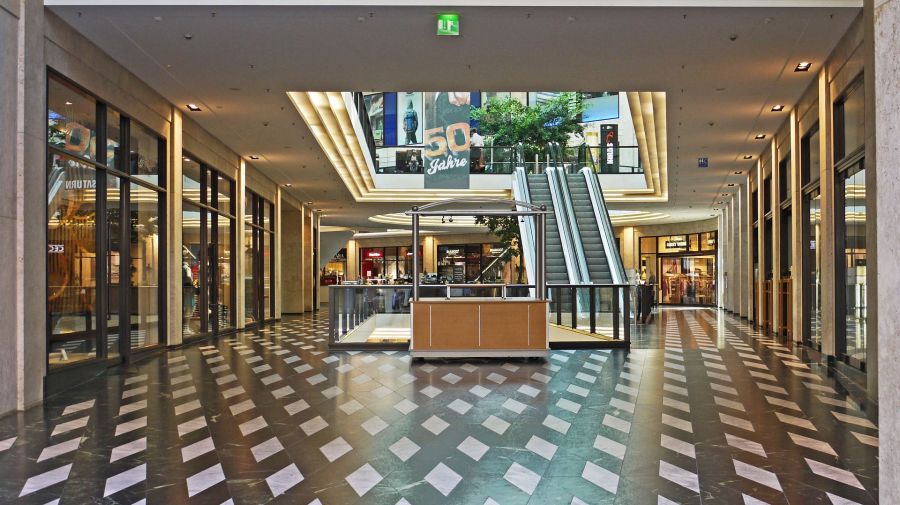Brick and mortar retailing vs e-commerce
Brick and mortar retailing vs. e-commerce
Brick and mortar retailing is the kind of retailing where customers have to go to a location and buy their products physically. Brick and mortar retailing is sometimes called conventional retailing. Online retailing is a segment of electronic retailing. E-commerce retailing has far fewer sales than brick and mortar retailing. Investors, on the other hand, have faith in e-commerce companies than brick and mortar retailing companies. E-commerce companies such as Amazon have a market capitalization of more than 700 billion dollars. However, a brick and mortar retailing company like Walmart only has a market value less than 300 billion dollars. Walmart has a revenue of more than $400 billion whilst Amazon has a revenue of around $150 billion. Values of companies on the stock exchange are based on the demand for the company’s stock. When investors believe that a company has a brighter future they tend to invest money in that company.
Brick and mortar retailing
The advantage that brick and mortar retailing holds over e-commerce is that they have the capital to set up both types of retailing models. Most large retailing companies also have e-commerce business models. This allows them to capture both kinds of customers. Some customers still prefer buying their goods physically especially clothes. This allows them to fit the clothes.
Why e-commerce is going to take a large portion of brick and mortar retailing
More than 3.5% of sales in the United States are already being conducted through e-commerce. This is far less than convectional retailing. Convectional retailing is going to lose some of its market share to e-commerce Experts are still uncertain if e-commerce will ever eclipse brick and mortar. E-commerce is already receiving millions of users this makes it a direct threat to brick and mortar retailing.

